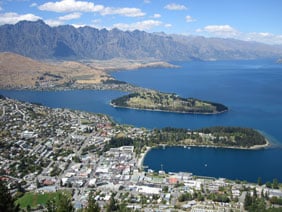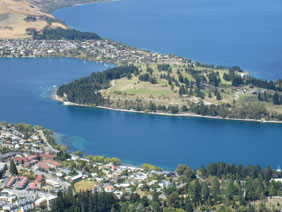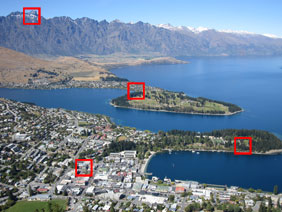Canon Digital IXUS 100 IS / PowerShot SD780 IS ELPH
-
-
Written by Gordon Laing
Canon 100IS / SD780IS vs Panasonic TZ7 / ZS3 vs Fuji F60fd
Canon IXUS 100 IS / SD780 IS |
Panasonic Lumix DMC-TZ7 / ZS3 |
Fujifilm FinePix F60fd | ||
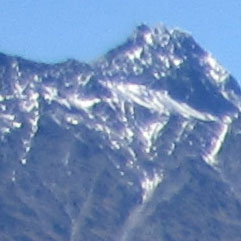 |
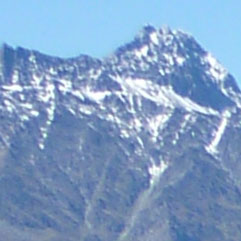 |
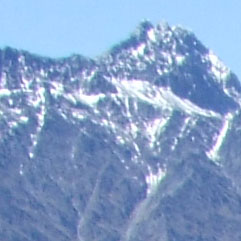 | ||
f10, 80 ISO |
f5, 80 ISO |
f5, 100 ISO | ||
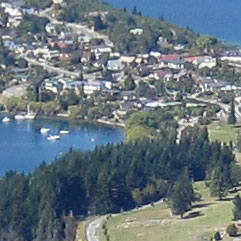 |
 |
 | ||
f10, 80 ISO |
f5, 80 ISO |
f5, 100 ISO | ||
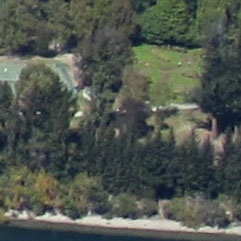 |
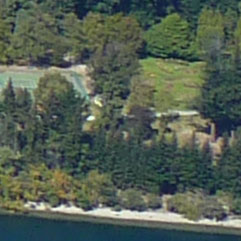 |
 | ||
f10, 80 ISO |
f5, 80 ISO |
f5, 100 ISO | ||
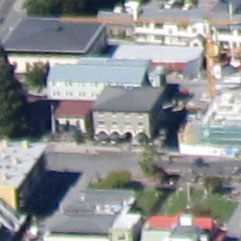 |
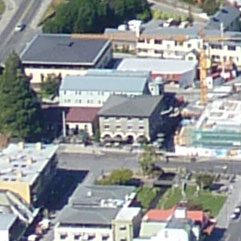 |
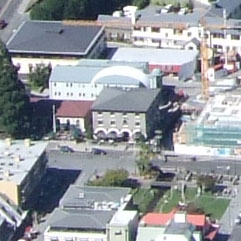 | ||
f10, 80 ISO |
f5, 80 ISO |
f5, 100 ISO |
To compare the optical performance of the camera when fully zoomed-out, we shot this scene with the Canon IXUS 100 IS / SD780 IS using its widest focal length – an equivalent of 33mm. As before, we used the best quality JPEG settings, lowest sensitivities and default processing options. The camera was set to Normal recording mode – fully automatic, but allowing adjustment of the sensitivity. The image to the left was taken with the Canon IXUS 100 IS / SD780 IS at a sensitivity of 80 ISO, and the lens set to 5.9mm (33mm equivalent), f9; the original Large Fine JPEG file measured 3.31MB. The crops are taken from the lower left, centre and lower right, and are presented here at 100%. 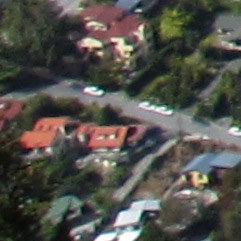 The crops below again reveal softness in the corners of the frame, although this time we’re looking at areas pushed right up against the lower edges of the image. As you move inwards, the optical performance improves, with a good-looking crop from the middle area. It seems the Achilles’ Heel for the IXUS 100 IS / SD780 IS is a lack of corner sharpness at its wider focal lengths. |
Canon IXUS 100 IS / SD780 IS wide angle performance: 100% crops | ||||
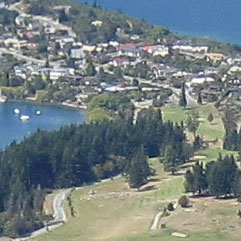 |
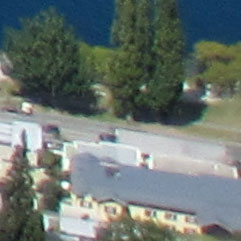 | |||
f9, 80 ISO (bottom left crop) |
f9, 80 ISO (middle crop) |
f9, 80 ISO (bottom right crop) | ||
To compare the optical performance of the camera when fully zoomed-in, we shot this scene with the Canon IXUS 100 IS / SD780 IS using its longest focal length – an equivalent of 100mm. As before, we used the best quality JPEG settings, lowest sensitivities and default processing options. The camera was set to Normal recording mode – fully automatic, but allowing adjustment of the sensitivity. The image to the left was taken with the Canon IXUS 100 IS / SD780 IS at a sensitivity of 80 ISO, and the lens set to 17.9mm (100mm equivalent), f5.8; the original Large Fine JPEG file measured 3.31MB. The crops are taken from the lower left, centre and upper left areas, and are presented here at 100%. 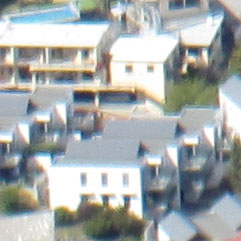 Once again there’s some softness in the corners, although it’s arguably a little better than when the camera’s zoomed-out. You can see more real-life examples across its focal range in our Sample Images Gallery, or alternatively to see how the camera compares in terms of high sensitivities, then head over to our Canon IXUS 100 IS / SD780 IS High ISO Noise results. |
Canon IXUS 100 IS / SD780 IS telephoto performance: 100% crops | ||||
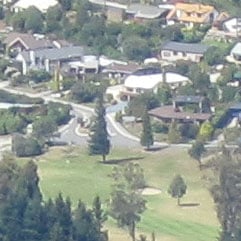 |
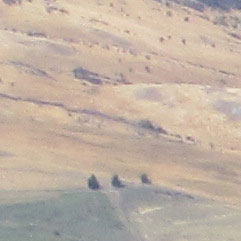 | |||
f5.8, 80 ISO (bottom left crop) |
f5.8, 80 ISO (middle crop) |
f5.8, 80 ISO (top left crop) | ||
|
Resolution
|
The image above was taken with the Canon IXUS 100 IS / SD780 IS at a sensitivity of 80 ISO, and the lens set to 7mm (39mm equivalent), f10; the original Large Fine JPEG file measured 3.29MB. The crops are taken from the areas marked by the red squares, and are presented here at 100%. The Panasonic Lumix TZ7 / ZS3 crops show a slightly larger area because of its slightly lower effective resolution than the other two models on test here. Note: with only two apertures to choose from, the Canon automatically selected the smaller of the two for this shot – there’s no way to manually override this setting.
The Canon and Fujifilm models on test here boast two additional Megapixels over the Panasonic Lumix TZ7 / ZS3, and also apply greater sharpening with their default settings. Sharpening aside, the Canon and Fujifilm genuinely manage to resolve a little extra real-life detail, although only where their optics are working at their best. This is most noticeable in the second row of crops where there’s less fine detail on the Panasonic crop.
But move towards the corners and the Canon can become quite soft – our sample particularly suffered in the lower left corner at this focal length, with the softness extending significantly into the frame. You can see this in our final row of crops, and if you check the complete image above, you’ll see the red square in the lower left isn’t exactly pushed up against the extremities. In contrast, the other two cameras, especially the Panasonic, manage to maintain fairly consistent optical sharpness across their frames at this focal length.
It’s a shame as the IXUS 100 IS / SD780 IS otherwise performs fairly well in this first test, delivering a detailed, punchy, consumer-friendly image. This test just considers one focal length though, relatively close to the wide end of the scale, so lower down this page, we’ve taken a closer look at how the IXUS 100 IS / SD780 IS’s lens performs when fully zoomed-out and fully zoomed-in. Check it out by scrolling down, but if you can’t wait to see how the cameras compare in terms of high sensitivities, then head straight over to our Canon IXUS 100 IS / SD780 IS High ISO Noise results.
